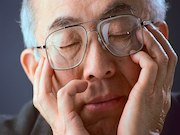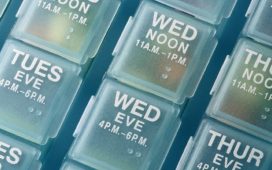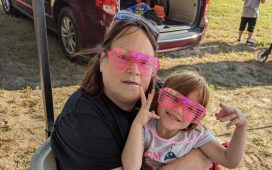Baseline EDS linked to increased regional Aβ accumulation in elderly individuals without dementia
TUESDAY, March 13, 2018 (HealthDay News) — Baseline excessive daytime sleepiness (EDS) is associated with increased β-amyloid (Aβ) accumulation in elderly individuals without dementia, according to a study published online March 12 in JAMA Neurology.
Diego Z. Carvalho, M.D., from the Mayo Clinic in Rochester, Minn., and colleagues examined whether EDS at baseline was correlated with a longitudinal increase in regional Aβ accumulation in elderly individuals without dementia in a prospective analysis. Participants from the Mayo Clinic Study of Aging were enrolled; 74.9 percent of 2,900 participants agreed to undergo carbon 11-labeled Pittsburgh compound B positron emission tomography (PiB-PET). A total of 283 participants aged 70 years or older without dementia who completed surveys assessing sleepiness at baseline and with at least two consecutive PiB-PET scans were included. The difference in Aβ levels between the two consecutive scans was determined.
The researchers found that baseline EDS, defined as an Epworth Sleepiness Scale score of at least 10, was significantly correlated with increased regional Aβ accumulation in the anterior cingulate, posterior cingulate-precuneus, and parietal regions (B coefficient = 0.031, 0.038, and 0.033, respectively). A stronger association was seen between EDS and longitudinal Aβ accumulation for participants with baseline global PiB positivity in the anterior cingulate and cingulate-precuneus regions (B coefficient = 0.065 and 0.068, respectively).
“Early identification of patients with EDS and treatment of underlying sleep disorders could reduce Aβ accumulation in this vulnerable group,” the authors write.
Several authors disclosed financial ties to pharmaceutical and medical device companies.
Editorial (subscription or payment may be required)
Copyright © 2018 HealthDay. All rights reserved.








